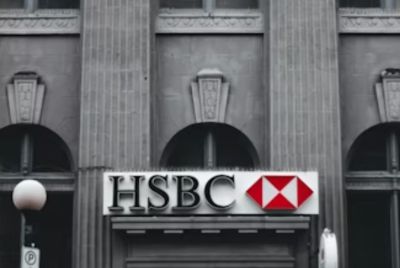FX focus: Pound hits new 31-year low as asset managers halt withdrawals on property funds
Sterling falls 1.7% against dollar as Mark Carney's warning over Brexit sours mood.
The pound hit the second 31-year-low in as many days on Wednesday (6 July), after a number of UK-based asset managers stopped retail investors from withdrawing money out of property funds.
M&G Investments became the third fund to implement such measures, following the example of Standard Life and Aviva, which earlier this week suspended trading in their property funds with exposure to UK shopping centres, warehouses and offices.
The pound tumbled as much as 1.7% against the dollar during Asian trading, slumping to $1.2796, its lowest level since 1985. The UK currency subsequently managed to recover some of the losses and was trading at $1.2968 and was also on the back foot against the euro, exchanging hands at €1.1722.
Analysts at Sucden Financial attributed the ongoing decline of the pound to a mixture of deterioration in risk appetite, lower oil prices and selling pressure following Bank of England governor Mark Carney's warning about the economic risks of Brexit at a press conference on 5 July.
"There is evidence that some risks have begun to crystalise," he said. "The current outlook for UK financial stability is challenging."
However, analysts at Capital Economics insisted it was too soon to allow panic to set in, indicating that, along with the post-Brexit volatility, one of the main factors behind the pound's decline was a substantial shift in expectations for UK interest rates.
"This reassessment of the policy outlook has been fuelled by the deliberately dovish signals from Mark Carney, which imply that the Monetary Policy Committee is quite happy with the pound's current level and would not be averse to a further depreciation," they said.
Elsewhere, the dollar was broadly unchanged against the euro and fell more than % against the yen to ¥100.65 per dollar.
© Copyright IBTimes 2025. All rights reserved.






















